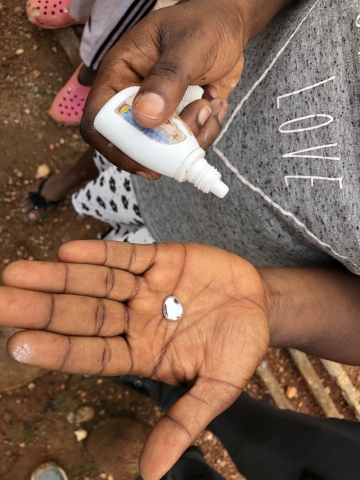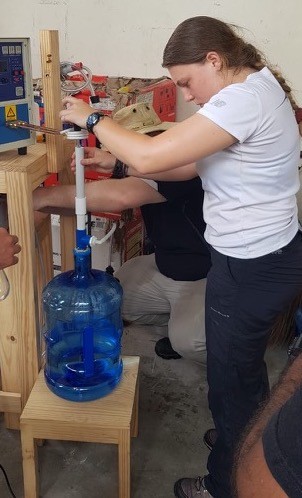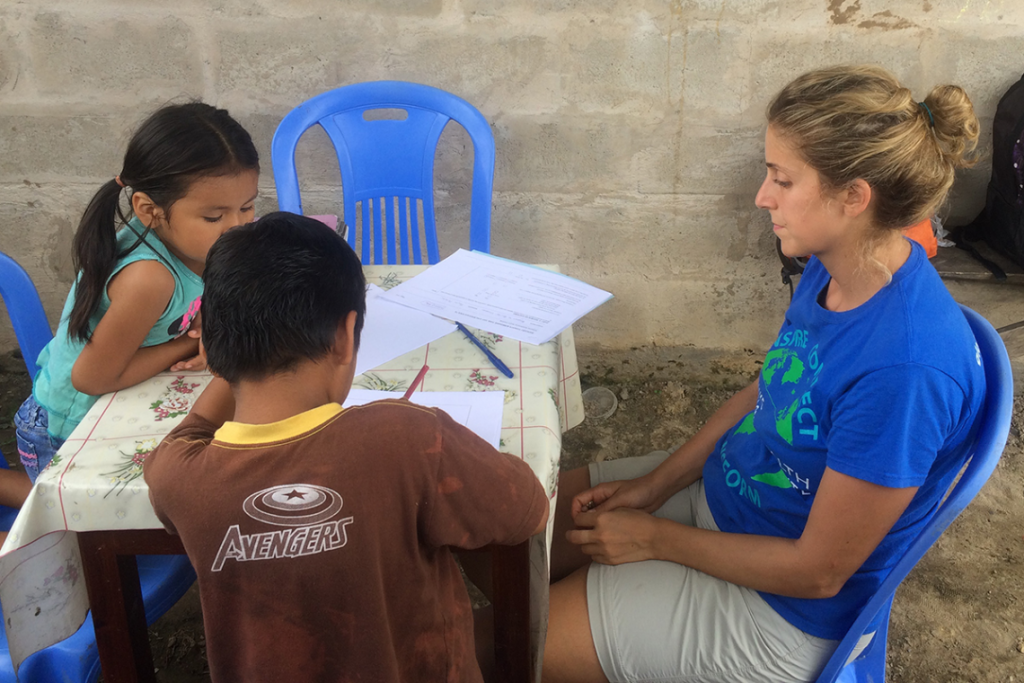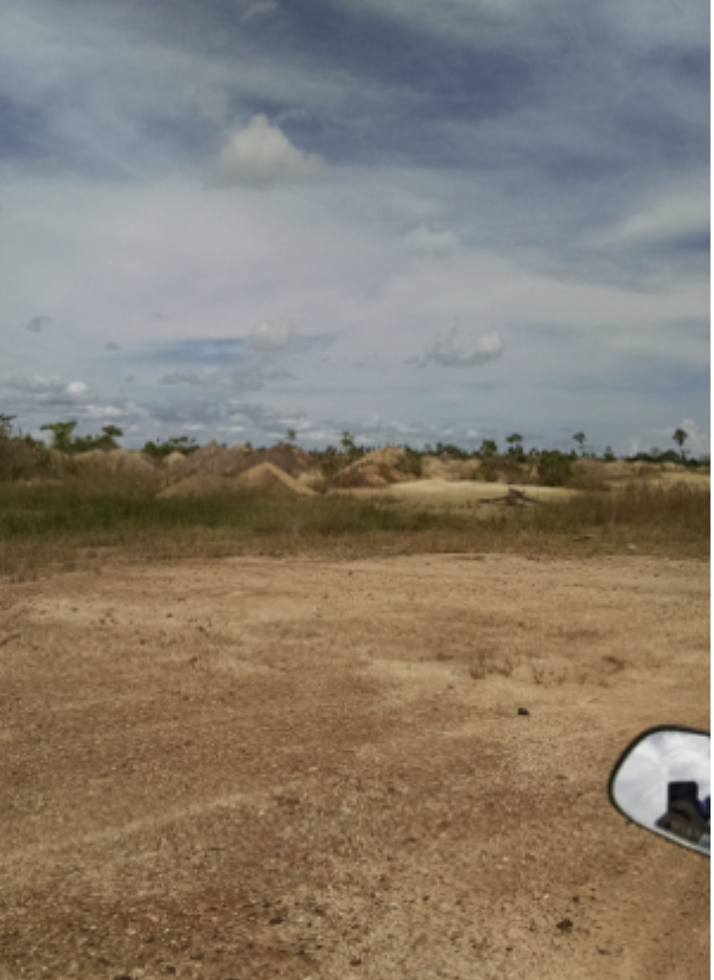JULY 20, 2021 | BY DANNY TOBIN

On June 23, the Duke Professors William Pan (NSOE, DGHI), Alexander Pfaff (Sanford), and Heileen Hsu-Kim (Pratt) held a workshop called “Bridging Policy, Research, and Implementation in ASGM” in collaboration with Professor Adam Kiefer (Mercer University), PureEarth Colombia, and the US Department of State. The goal of the workshop was to initiate a new community-building effort to facilitate collaboration in the Artisanal and Small-scale Gold Mining (ASGM) sector by both disseminating information that exists but has not been widely accessible and generating information by bringing together stakeholders to initiate high-impact research efforts to close gaps where information does not yet exist. The workshop, sponsored by Duke University’s Nicholas Institute for Environmental Policy Solutions (NIEPS) and Duke Center for International and Global Studies (DUCIGS), convened stakeholders from academia, NGOs, industry, government, and international organizations to identify the most pressing questions in the ASGM sector.
OCTOBER 1, 2020 | BY KYLE SEARS
A team of researchers involved in Mercer University’s Mercer On Mission program today received the Gold Award and top prize of $200,000 in the Artisanal Mining Grand Challenge.
The global competition, which received applications from 42 different countries, recognizes innovative solutions for transforming artisanal and small-scale gold mining (ASGM) for water and biodiversity conservation.
The Gold Award-winning application, titled “Mercury Capture Systems for ASGM Gold Shops,” details a system developed by the Mercer-led team to remove dangerous elemental mercury vapor emitted in the air during the final stages of gold extraction and at the initial stages of gold refinement.

MAY 28, 2020 | BY KARL LEIF BATES

Small-scale gold mining in the Peruvian Amazon poses a health hazard not only to miners but also to nearby communities. Contrary to common assumption that communities closest to mining bear the brunt of exposure, new evidence shows that the highest non-occupational mercury exposures occur in native communities hundreds of kilometers away from mining.
“We can’t just rely on assumptions or “common sense” in science,” said lead author Caren Weinhouse, an assistant professor at Oregon Health & Science University. Many studies have looked at communities closest to the mines on the assumption that they would have the greatest mercury exposures. “We assumed that people closest to mining would have the highest exposure, but we were wrong,” she said.
DECEMBER 12, 2019 | BY KEN KINGERY
Scientists from Duke University have developed a model that can predict the amount of mercury being released into a local ecosystem by deforestation and small-scale gold mining.
The research, which appears online on December 11 in the journal Environmental Science and Technology, could point toward ways to mitigate the worst effects of mercury poisoning in regions such as those that are already experiencing elevated mercury levels caused by gold mining.
“We’ve taken a lot of ground measurements in the Peruvian Amazon of mercury levels in the water, soil and fish,” said Heileen Hsu-Kim, professor of civil and environmental engineering at Duke University. “But many areas in the Amazon aren’t easily accessible, and the government often does not have the resources needed to test local sites.”
“We have shared our model with the Peruvian Ministry of Environment and Ministry of Health,” Pan said. “We are working with them to evaluate whether our approach can be used as a tool for developing new policies regarding mining, environmental monitoring of mercury and human exposure.”

